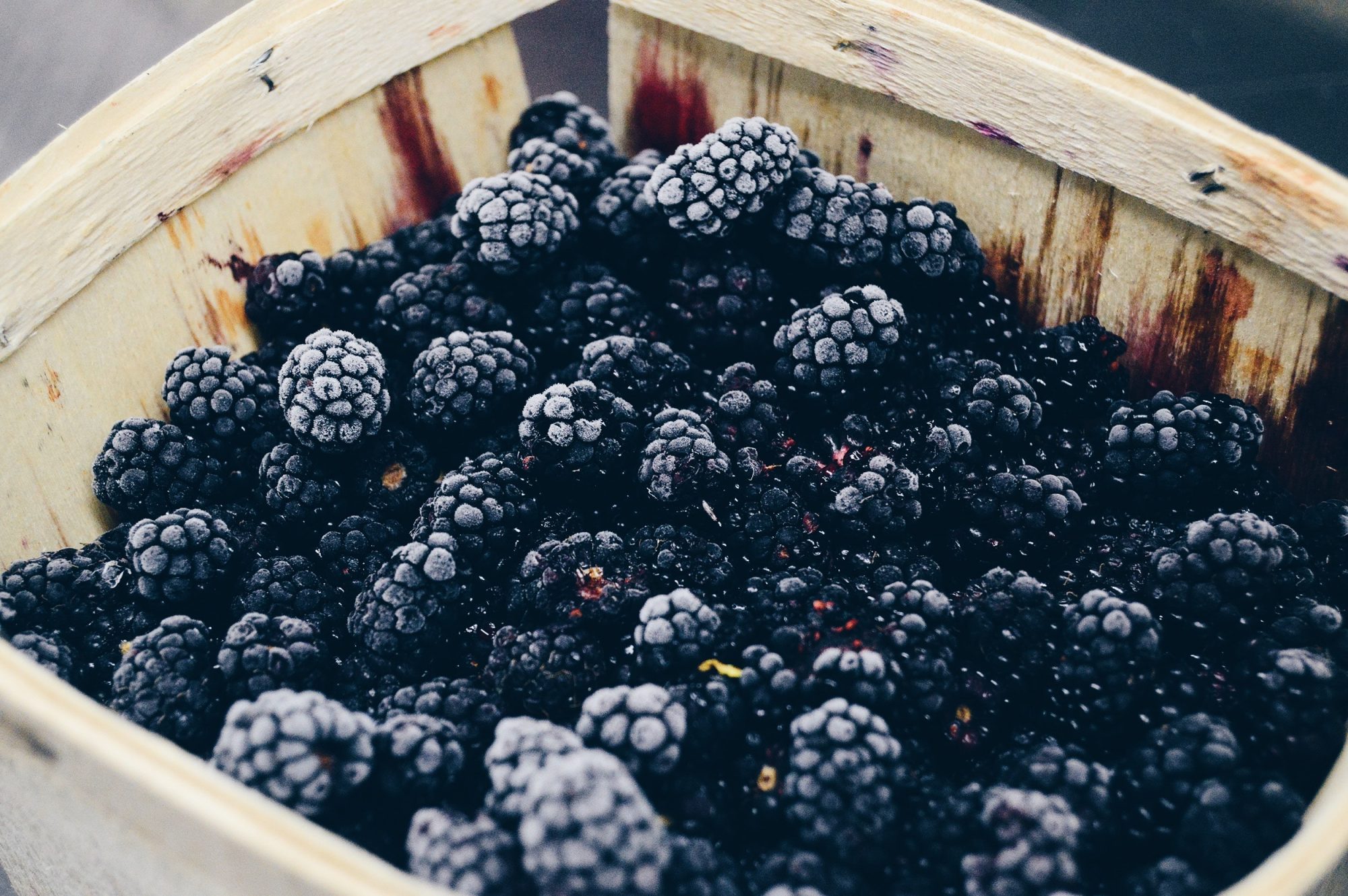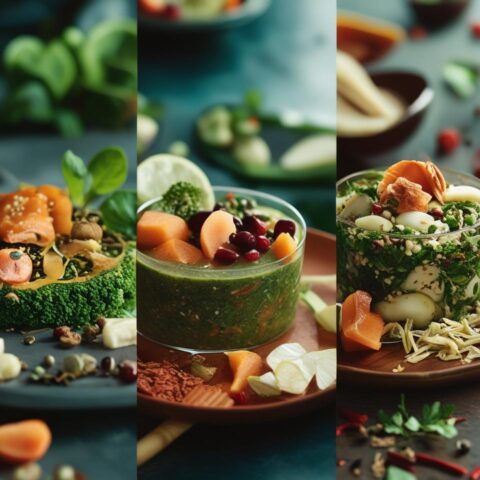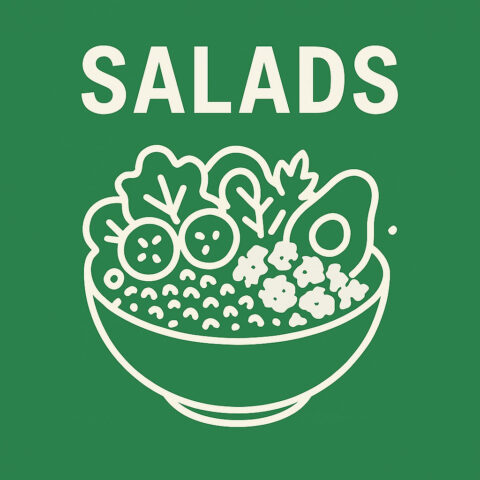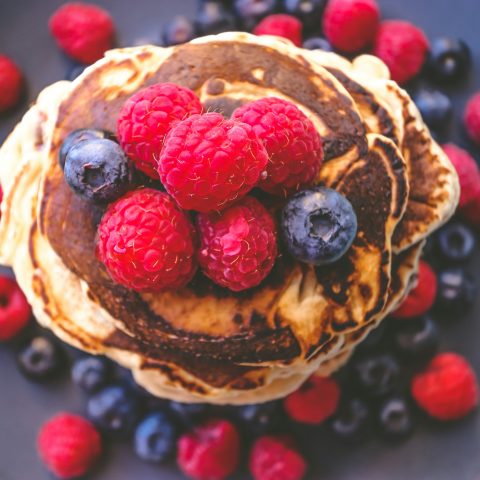Often we go about our daily routines hardly thinking about how healthy the foods we eat are, other than choosing salad over chips as a side, or mildly wondering how many veggies you’ve eaten so far this week and making a mental note to pick up more fruit at the shop after work. However, it’s not only about what foods we eat—how we eat those foods is also an important factor influencing our health. We’ve rounded up four easy ways to get the most out of your food, so you can walk away with a high amount of (nutritional) bang for your buck – what’s not to love?
-
Ladle of Contents
Soak your food
Don’t get too excited; we’re not talking about drenching your chips in mayo, but more along the lines of soaking raw foods to make them more nutritious. For example, overnight oats, which are quick and easy to make by simply mixing in plant-based milk and whatever toppings your heart desires, then leaving out to soak overnight. Overnight oats are easier to digest as their starches break down and phytic acid content is reduced, which normally would have the effect of impairing iron, zinc and calcium absorption. Additionally, soaked oats are higher in resistant starch, a weight loss-friendly starch that is digested very slowly, meaning you’ll be fuller for longer and burn calories quicker – a win-win in our books.
Grab a bag of Nairn’s Gluten Free Porridge Oats (£2.00, Sainsbury’s) to get started on your next batch of overnight oats. The fact that these oats are gluten free only adds to their digestibility!
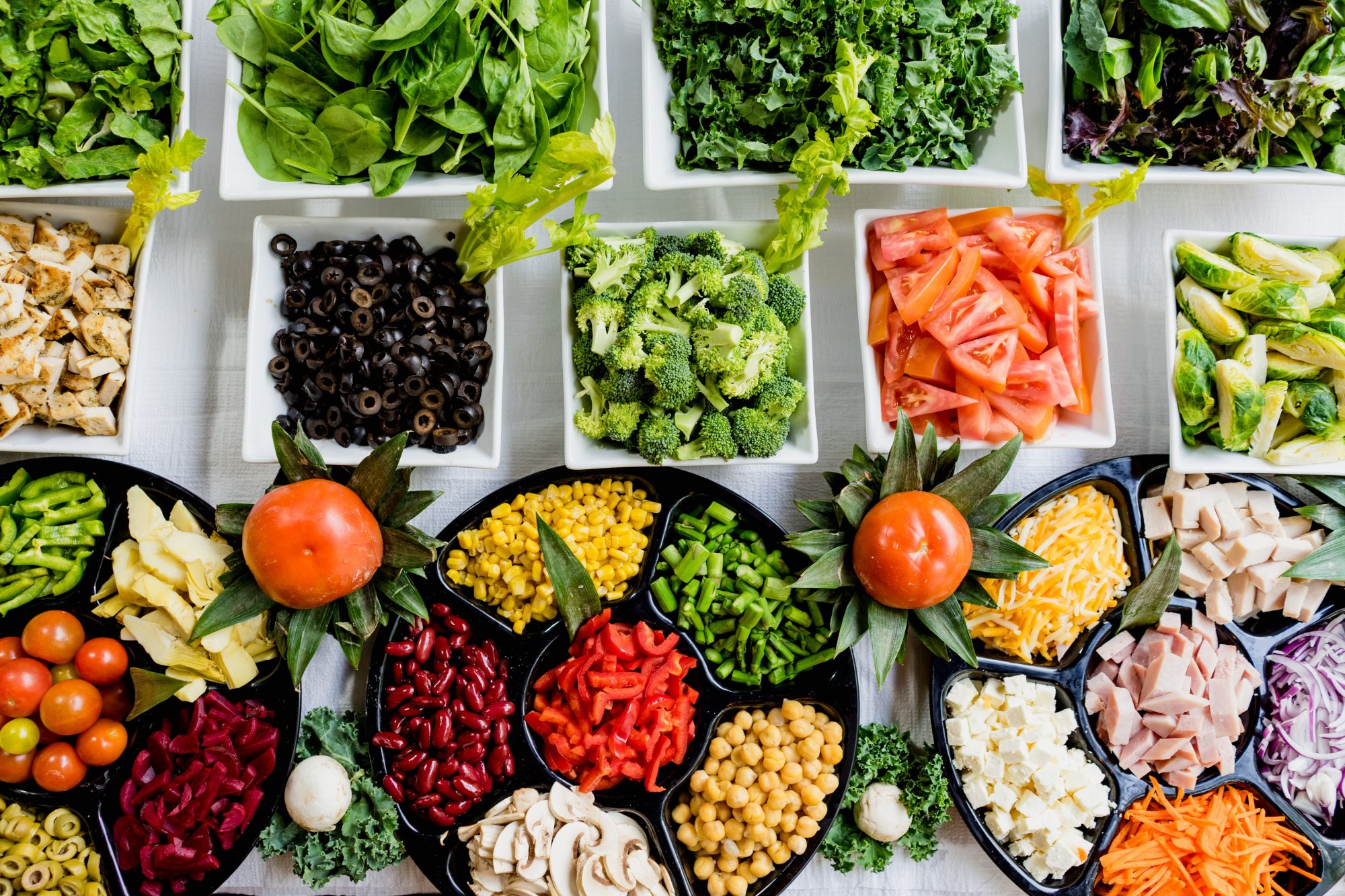
-
Go frozen
It’s easy to assume that eating fresh fruits and vegetables is healthier than frozen, but in many cases, frozen produce can retain higher amounts of nutrients if harvested at the peak of ripeness and immediately set into the freezing process.[1] While some nutrients may degrade during the freezing process, frozen veggies will retain many of the mineral, fibre and carbohydrate content that might otherwise have been lost while being stored and transported to your supermarket. So pull out those long forgotten frozen peas at the bottom of your freezer for dinner tonight! Also, don’t forget to grab some freezer bags for freezing groceries.
-
Choose your percentage
When craving a sweet treat like a chocolate bar, choosing one with as high a percentage of cacao as possible is your best bet for maximum nutritional benefits. Higher cacao content is healthier due to the fact that the cocoa bean is what contains flavonoids, phytonutrients that provide heart protecting and anti-inflammatory properties.
Nutritionist Cassandra Barns comments, “Cacao flavanols may also help to regulate our immunity. Firstly, as already mentioned, they can have anti-inflammatory activity, and so may help to prevent diseases related to inflammation such heart disease. They may also help prevent over-activation of the immune system that can be at the root of allergies and autoimmune conditions.” For a dairy free option, Ombar’s 90% Cacao (RRP £2.10, Ocado) is made from raw Ecuadorian cacao and is 100% vegan.
-
Cut it up
Chopping up your salad the night before you eat it for lunch not only makes you super organised, but also boosts its antioxidant content. According to a study at the University of Pisa, in Italy, cutting the leaves of lettuce meant levels of polyphenols, anti-inflammatory compounds found in many plants, increased by up to 50%[2]. Botanist James Wong comments, “Many of the protective antioxidant compounds in leaves are generated at the site of injury to help shield their tissues from further injury. Even three days after cutting they contained more nutrients than at the beginning.
[1]https://www.npr.org/sections/thesalt/2018/05/17/611693137/frozen-food-fan-as-sales-rise-studies-show-frozen-produce-is-as-healthy-as-fresh?t=1564571621916
[2] https://www.sciencedaily.com/releases/2015/03/150327101102.htm

